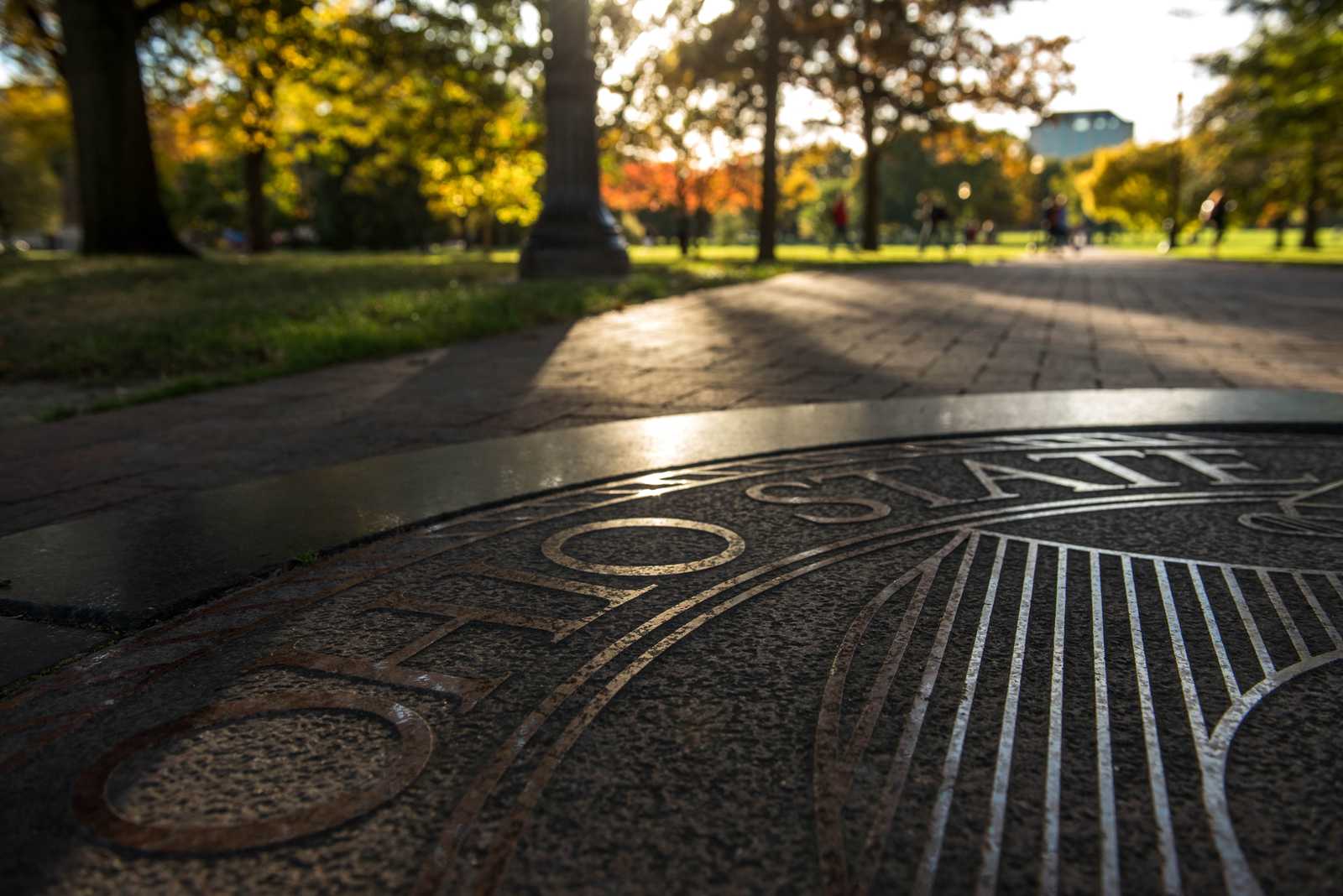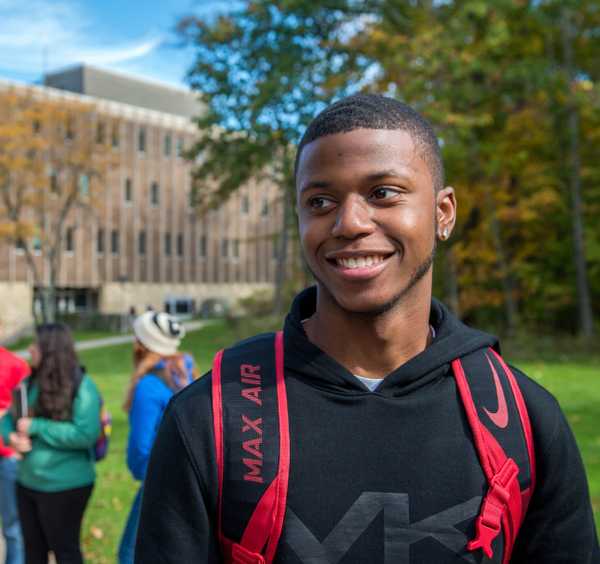Background & Literature
Each of the three studies provide a review of the literature specific to African American/Black student populations on the campuses of predominantly white institutions (PWIs). Here are some of the overarching themes from our literature reviews:
- President Johnson shared in their 2021 State of the University address a desire for OSU to “become a truly anti-racist community”. They want OSU to be “recruiting, retaining and graduating students from underrepresented groups” (Johnson, 2021).
- Colleges and universities across the United States (US) continue to struggle to retain and graduate Black students at the same rate as their White peers (Banks & Dohy, 2019; Brooks et al., 2013; Kniess et al., 2015; Merisotis & McCarthy, 2005; McClain & Perry, 2017; Ross et al., 2012).
- At predominantly white institutions (PWIs) Black students experience campus climate differently than their White peers (Harper & Hurtado, 2007; Rankin & Reason, 2005), causing them to constantly need to negotiate their race (Cox, 2020; Payne & Suddler, 2014) and causing race-related stressors (Griffith et al., 2019).
- Often overlooked within the U.S. system of higher education, yet, Black males are hyper-visible, and face oppression from society. On campuses of historically white institutions (HWIs), Black males report experiencing Black misandric stereotypes (Harper & Nichols, 2008; Harper, 2015; Smith et al., 2016; Smith et al., 2007b); a variety of microaggressions (Solorzano et al., 2000; Sue et al., 2007); racial battle fatigue (Smith et al., 2016), over-surveillance (Smith et al., 2007a); and a disproportionality in punishment (Skiba et al., 2014). Additionally, within the context of the United States, some are socialized to believe that Black men are hopeless, and not worthy of support. These low expectations and deficit/anti-achievement frameworks only perpetuate stereotypes institutionally and structurally (Carter, 2008; Harper, 2010; Kim & Hargrove, 2013).
- To successfully navigate the transfer process, students draw on support systems in the form of faculty and advisors (Lukszo & Hayes, 2020) or family (Jabbar et al., 2019) to help overcome perceptions of inadequacy perpetuated by their college environments (Minichiello, 2018).

